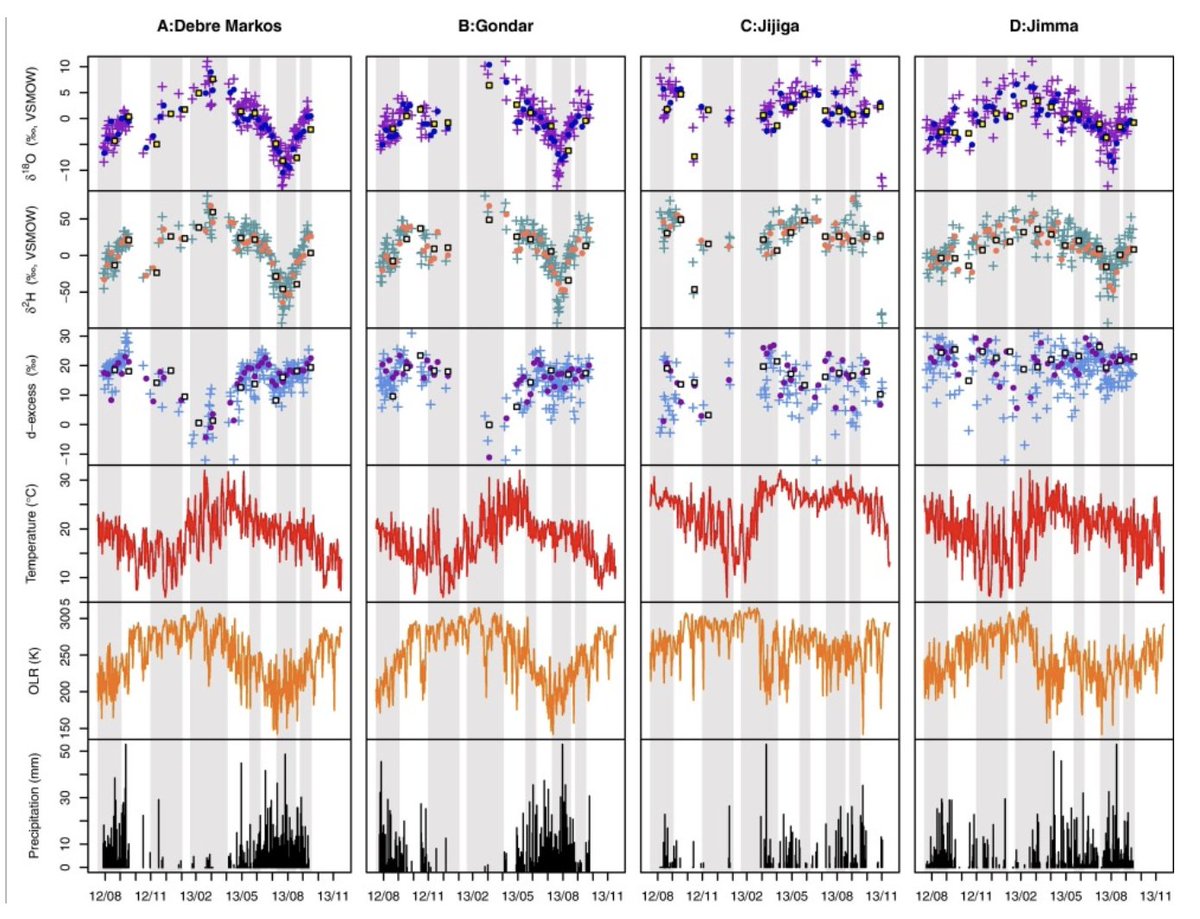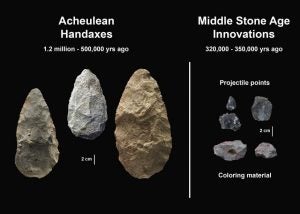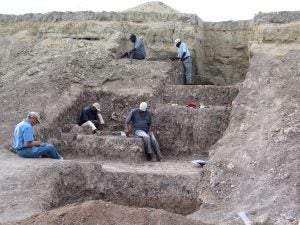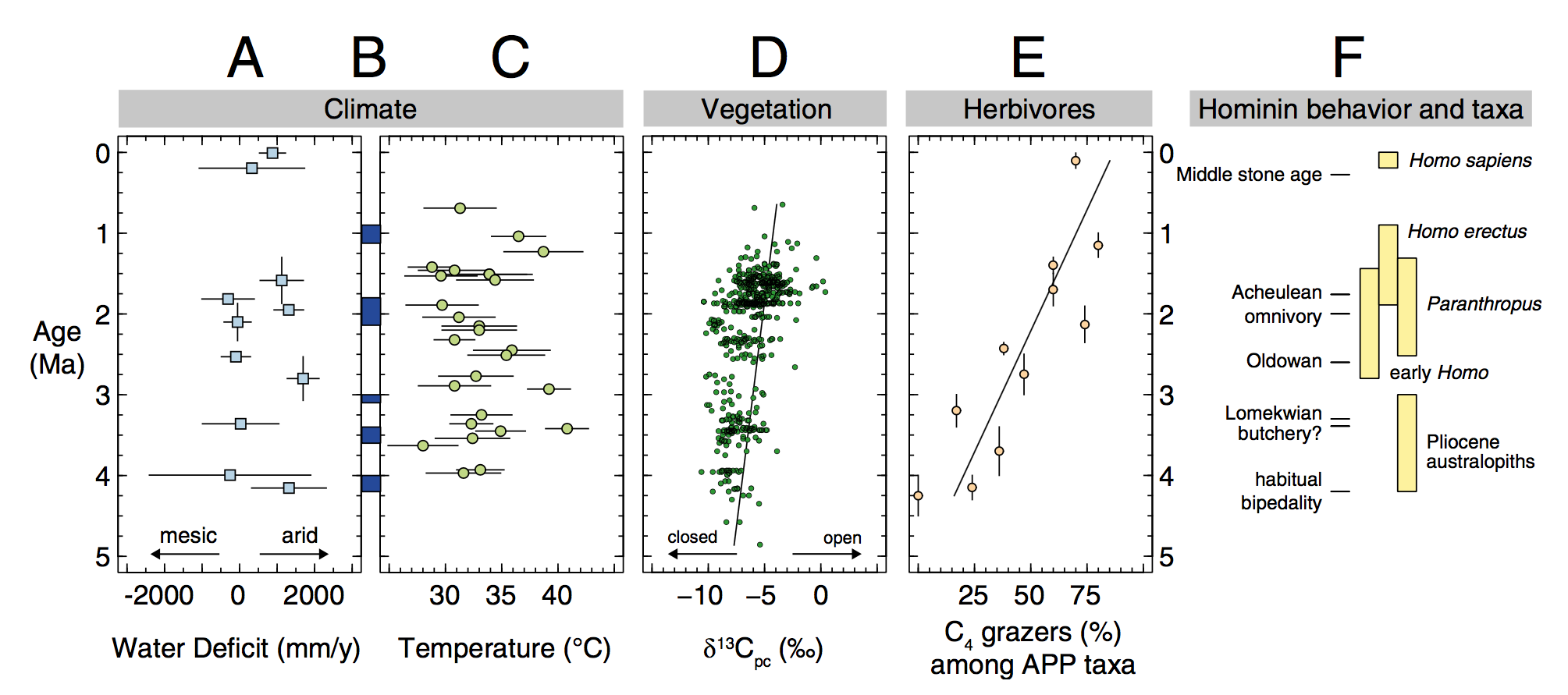Congratulations to Zelalem Bedaso, former postdoc, for the publication of his paper in Journal of Hydrology with 16 months of oxygen and hydrogen isotope data from daily, weekly and monthly collections of precipitation from four stations in Ethiopia. The paper was a huge effort in the field to set up the collections and then of course, tons of work to process more than 900 samples and figure out what it all means. Nikki DeLuca, former PhD student at JHU, played a key role in analyzing the data.
One of the key, surprise findings of this work was the >8‰ decrease in precipitation d18O values that was near-synchronous in 3 of the 4 stations during August 2013. The daily rainfall d18O values in Ethiopia are controlled by regional processes.
And thanks to twitter, the data was quickly added to the Water Isotope database:
New data in the wiDB: almost 900 daily+ precip isotope data from Ethiopia via @Z_Bedaso and co (@NMDeLuca_ @naomi_levin @BenZaitchik @CiaranJHarman). Their paper: https://t.co/MlY7N0WG0Q. Project 00270 at https://t.co/TdX0xZM8u9
— Gabriel Bowen (@bumbanian) May 18, 2020











